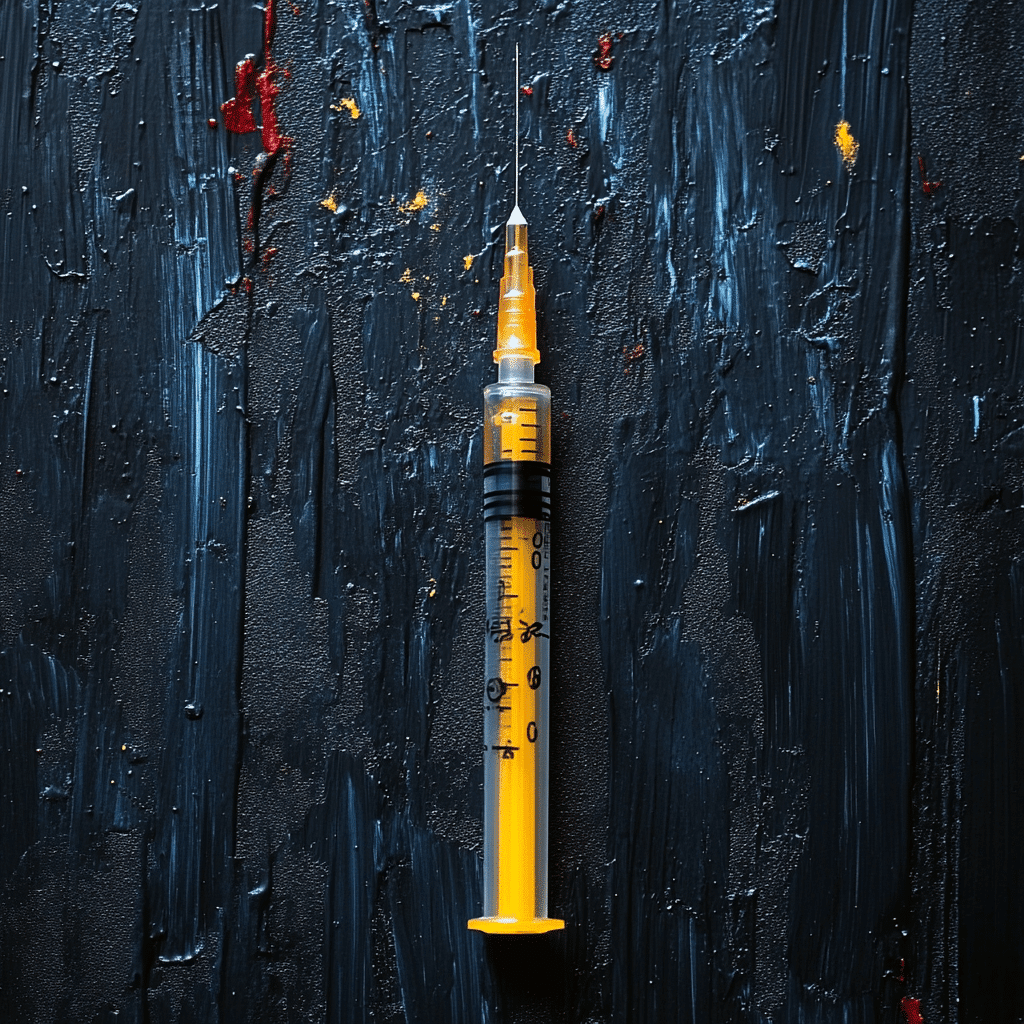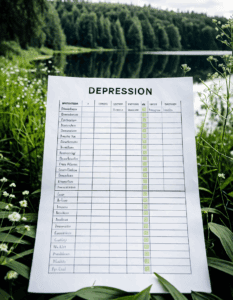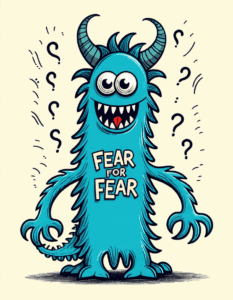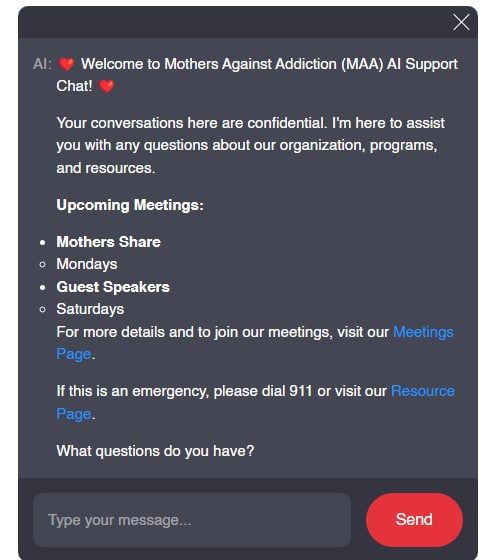Safe Injection Sites: Understanding Their Lifesaving Potential
Safe Injection Sites: The Concept and Its Necessity
Safe injection sites, often referred to as supervised injection facilities, serve as critical lifelines for those battling addiction. These spaces offer a clean, controlled environment where individuals can consume pre-obtained illegal drugs under professional medical supervision. Notably, these sites aim to diminish the bleak impacts of the opioid crisis coursing through many communities.
For many parents, the very idea of safe injection sites may feel like an admission of defeat. It’s natural to yearn for a world where our children thrive without the shadow of addiction. Yet, acknowledging these challenging realities enables us to foster safety and hope in unexpected places. Let’s take a journey through the evolution and pivotal role of these life-saving facilities.
Historical Context of Safe Injection Sites:
The pioneering safe injection site was established in Bern, Switzerland, in 1986. This bold move set a precedent, and the concept quickly spread across Europe and North America. These early facilities were born out of necessity, striving to address rising overdose deaths and the spread of infectious diseases. Over the years, countries like Canada and Australia have followed suit, cementing the belief that these sites are more than just places of last resort—they’re beacons of compassion and practical help.
Purpose and Functions:
The primary goals of safe injection sites are multifaceted:
Safe injection sites also bridge the gap between drug use and recovery by connecting users to addiction services. They become vital parts of public health ecosystems, providing innovative ways to manage what seems like an unsolvable problem.
Current Global Landscape:
Globally, the acceptance and implementation of safe injection sites vary. Countries like Canada prominently advocate their use. Vancouver’s Insite, the first North American site, has shown promising results. Similarly, nations like the Netherlands and Australia continue to operate and expand these facilities. Yet, the journey to widespread acceptance is marred by significant legal and social hurdles, particularly within the United States.
| Category | Details |
| Purpose | Provide a safe, clean space for individuals to use their own drugs while under the supervision of trained staff to reduce harm associated with drug use. |
| Locations | Usually located in areas with a high prevalence of public drug use, such as open drug scenes. |
| Primary Target Group | Individuals engaging in risky drug use. |
| Benefits | – Prevents accidental overdoses. – Reduces the spread of infectious diseases like HIV and Hepatitis C. – Provides a clean and safe environment for drug consumption. |
| Supervision | Staffed by trained professionals who monitor users for signs of overdose and provide emergency help when necessary. |
| Additional Services | – Access to clean injection supplies. – Access to health care services including mental health support. – Information and referrals to addiction treatment programs. |
| Injection Sites for IM Drugs | – Deltoid (best site): Muscle on upper, outer arm where shoulder and arm meet. – Buttocks. – Thighs. – Upper arms. |
| Injection Areas for Users | Specific to safe injection sites, users are encouraged to use designated clean areas within the facility. |
| Harm Reduction Strategies | – Education on safe injection techniques. – Disposal services for used needles to reduce community litter and health hazards. |
| Regulatory Compliance | Operate under specific legal frameworks and local regulations aimed at harm reduction. |
| Community Impact | Aims to reduce public drug use, decrease the number of deaths from overdoses, and lessen the burden on public healthcare systems. |
| Challenges | – Political and community opposition based on stigma and misconceptions. – Funding and continual support. – Integration with broader addiction treatment and social services. |
How Safe Injection Sites Save Lives: The Evidence-Based Impact
Data from Insite, Vancouver:
Insite’s success stands as a testament. Located in the Downtown Eastside of Vancouver, the facility has recorded a 35% reduction in overdose deaths in its vicinity. Moreover, users are more likely to seek treatment and counseling—a vital first step towards recovery. The numbers tell a compelling story of saved lives and renewed hope for families.
Innovative Healthcare Interventions:
At these sites, healthcare interventions extend beyond just supervised injections. Services often include clean needle exchanges, screening for infectious diseases, and on-the-spot overdose interventions using naloxone. These interventions are critical in providing immediate medical help and long-term health benefits.
Cost-Effectiveness and Public Health Benefits:
Studies from numerous journals demonstrate the cost-effectiveness of these facilities. By preventing the spread of diseases and reducing emergency medical interventions, safe injection sites save public health systems millions annually. Resources are freed up to tackle broader healthcare needs, ultimately benefiting the entire community.
The Controversy and Challenges Surrounding Safe Injection Sites
Community and Political Opposition:
Despite the proven benefits, safe injection sites face considerable opposition. Many communities fear the “Not In My Back Yard” syndrome, spurred by misconceptions that these sites will increase local drug use or crime. Moral objections also arise from those preaching abstinence-only approaches, oversimplifying the complex nature of addiction.
Legal Barriers in the United States:
In the U.S., the establishment of safe injection sites often hits a legal wall. Federal and state laws clash, creating a tangled web of legislation. For instance, despite significant public support in cities like Philadelphia and San Francisco, legal battles continue to stall progress.
Real-World Examples of Safe Injection Sites
Sydney’s Medically Supervised Injecting Centre:
Since 2001, Sydney’s facility has offered a lifeline. Its integration with local healthcare services provides a seamless support system for users, offering clean equipment, medical supervision, and pathways to treatment.
SIS in Lisbon, Portugal:
Portugal’s groundbreaking move to decriminalize all drugs in 2001 complements its safe injection sites. The country has witnessed positive public health outcomes, setting an example of how comprehensive decriminalization and harm reduction can work hand-in-hand.
SafePoint in Ann Arbor, Michigan:
Recently, Ann Arbor joined the ranks with the launch of SafePoint. Early results show promise in overdose prevention and community engagement, demonstrating that safe injection sites can operate successfully even within the restrictive U.S. context.
Critics’ Perspectives: Addressing Concerns and Misconceptions
Debunking Myths:
Critics often argue that safe injection sites foster drug use and escalate crime rates. However, empirical research consistently disproves these claims. For example, data from Insite and other facilities show that these sites reduce public drug use and do not attract more crime.
Ethical Considerations:
The ethical debate often pits harm reduction against abstinence. Yet, amid an ongoing opioid epidemic, the moral imperative should be clear: saving lives should always trump ideological rigidity. Safe injection sites offer a pragmatic, compassionate approach to addiction that complements abstinence-focused treatments rather than replacing them.
The Future of Safe Injection Sites: Strategic Directions and Predictions
Policy Evolution:
As more evidence surfaces supporting the efficacy of safe injection sites, we can anticipate shifts in policy. Growing advocacy from public health organizations may push politicians to reconsider their stance, potentially leading to broader acceptance.
Technological Innovations:
Innovations like mobile safe injection units and overdose detection devices will likely enhance these sites’ reach and efficacy. Such technologies can provide flexibility, allowing services to go where they are needed most.
Global Expansion Prospects:
Given the pressing public health needs, regions like the United States, with cities bearing the brunt of the opioid crisis, might be the next to adopt these facilities. The promise of reducing overdose deaths and infectious diseases could drive this paradigm shift.
A New Dawn for Harm Reduction: Embracing Comprehensive Approaches
Safe injection sites are a cornerstone of modern harm reduction strategies. As the opioid crisis continues, these facilities emerge as necessary interventions. It is urgent to push for broader implementation, guided by evidence and compassion.
In conclusion, safe injection sites offer more than overdose prevention and health care—they offer hope. For parents fearing the worst, these sites symbolize an opportunity for safety, connection, and a step toward recovery. By rallying legislative support, engaging communities, and continuously striving for public health, we can create innovative harm reduction strategies that not only save lives but also restore dignity to those entangled in addiction’s grip.
Together, we can face the complexities of addiction with courage and hope, charting a path to a future where every life is valued and saved.
Published by Mothers Against addiction on February 9, 2024
Safe Injection Sites: Life-Saving Spaces Explored
What Are Safe Injection Sites?
Safe injection sites, often called supervised injection facilities, have been life-savers (literally) in many communities worldwide. These spaces provide a controlled environment where individuals can use drugs with medical oversight, reducing overdose deaths and the spread of diseases. Interestingly, these sites have met the same kind of scrutiny often faced during an emissions test in Chicago – rigorous and examined from every angle.
Did You Know?
With Spain ‘s national football team having one of the most resilient defenses, it’s kind of like how safe injection sites bolster communities by defending against the rampant effects of drug misuse. Both reflect strategic protection, only in different arenas.
Beyond reducing harm on the surface, these sites provide critical avenues for Access To treatment. They bridge the gap for many individuals who otherwise wouldn’t seek medical help or advice—much like how Mental health parity laws aim to ensure equal treatment for mental health as physical health, The safer usage environment paves the way for further healthcare integration.
Hidden Benefits and Trivia
Surprise, surprise! Safe injection sites even alleviate financial strains on the healthcare system. For instance, studies have shown consistent decreases in emergency room visits and hospitalizations in regions where these sites exist. Think of it as similar to how a virtual presentation can save a company thousands in travel and accommodation costs while spreading essential information effectively.
Pop Culture Tidbits
Did you know the concept of harm reduction—central to safe injection sites—can trace its grassroots to some unlikely places? Similar to how Tupac ‘s last photo marks a pivotal moment in music history, the introduction of these sites often marks a significant turning point in how communities address substance misuse.
By weaving these fascinating points and logical tidbits, we can appreciate safe injection sites not as stand-alone entities but as integral to a broader, harm-reduction strategy. They represent a step towards fostering safer communities and showcasing compassion within public health initiatives.
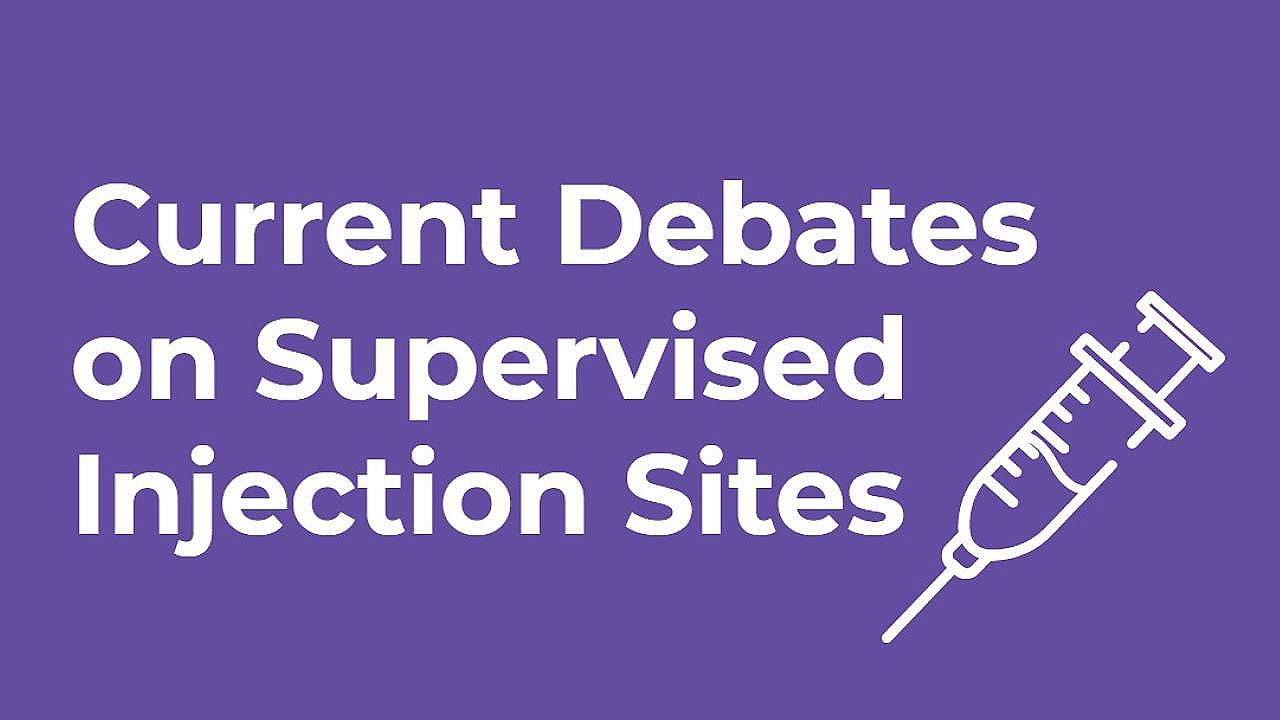
What is the safest injection site?
The safest injection site is the deltoid, located in the muscle on your upper, outer arm where your shoulder and your arm meet. It’s preferred because it’s easily accessible, has fewer nerves and blood vessels, and allows for easy monitoring.
What are the 4 recommended injection sites?
The four recommended injection sites are the buttocks, thighs, upper arms, and especially the deltoid muscle on the upper, outer arm.
Where are safe injection sites located?
Safe injection sites are typically found in areas with high levels of public drug use, where there is an open drug scene. They are set up to help people who engage in risky drug use in order to reduce harm.
What is the argument for safe injection sites?
The argument for safe injection sites is that they provide a controlled environment where people can use their own drugs under the supervision of trained staff. This helps prevent overdoses and reduces the spread of infectious diseases like HIV.
What type of injection site should be avoided?
Injection sites that are crowded with nerves, blood vessels, or less muscle mass should be avoided since they increase the risk of complications like nerve damage, excessive bleeding, and poor absorption.
Where to inject intramuscularly?
For intramuscular injections, the best places are the deltoid muscle, the buttocks, the thighs, and the upper arms. Each site has enough muscle mass to absorb the medication effectively.
Where do injections hurt the least?
Injections tend to hurt the least in areas with muscle tissue that isn’t close to bones or major nerves. The deltoid muscle on the upper, outer arm is often less painful for many people.
What happens if you accidentally inject air into muscle?
If you accidentally inject air into a muscle, it’s generally not harmful. A small air bubble can be absorbed by the body, but it’s crucial to ensure you’re not injecting large amounts of air, which can cause discomfort.
What happens if you hit a bone during an IM injection?
If you hit a bone during an intramuscular injection, you might feel a sharp pain. It’s important to withdraw the needle slightly and continue the injection to avoid complications.
Where are high risk injection sites?
High-risk injection sites are areas with dense nerve endings, major blood vessels, or places where the muscle isn’t thick enough, increasing the chance of hitting a vein or artery.
What is the most common injection site?
The most common injection site is the deltoid muscle on the upper, outer arm. It’s widely used because it’s easy to access and often less painful.
What are the safe injection practices?
Safe injection practices include using sterile equipment, rotating injection sites, proper site selection, and following hygienic protocols to minimize infection and complications.
What makes an injection unsafe?
An injection becomes unsafe when it’s administered in an area with high risk of hitting nerves or blood vessels, using non-sterile equipment, or not following hygiene practices. This increases the risk of infection and injury.
What are the problems with injection sites?
Problems with injection sites can include the risk of infection, injury to nerves or vessels, and improper absorption of medication leading to decreased effectiveness.
What is the importance of safe injection?
Safe injection is important because it minimizes the risk of infections, injuries, and overdoses. It ensures that medications are administered correctly for the best effectiveness and safety.
What is an unsafe injection?
An unsafe injection happens when non-sterile equipment is used, the site is not properly cleaned, or the injection is given in an inappropriate site, leading to complications.
What happens if you hit a blood vessel during an IM injection?
Hitting a blood vessel during an intramuscular injection could cause bleeding, pain, and improper drug delivery. It’s advisable to withdraw and select another injection site if this happens.
When should I worry about injection site reaction?
Injection site reactions to worry about include severe pain, redness, swelling that doesn’t go away, or signs of infection like pus or fever. These require medical attention.
What happens if you give an IM injection wrong?
Giving an intramuscular injection incorrectly can lead to complications such as infection, muscle damage, or ineffective medication delivery. Always follow proper technique to avoid issues.

